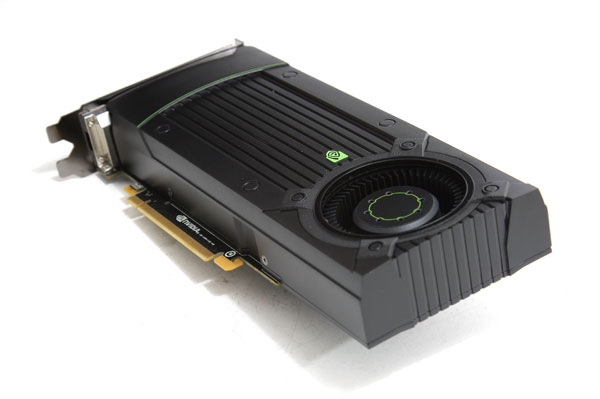Hello everybody, NVIDIA today launches their GeForce GTX 670 series graphics cards. Guru3D has prepared four separate GeForce GTX 670 articles, once reference, one 2 and 3-way SLI review, an ASUS GTX 670 DirectCU II TOP review and a Palit GTX 670 Jetstream review:
NVIDIA GeForce GTX 670 review
We review the GeForce GTX 670. NVIDIA disabled a couple of shader processors and designed a more cost effective and smaller PCB. The card itself is still quite beefy in terms of performance though, which you'll understand once we sifted through the specifications. The GK104 GPU based graphics card has one SM/SMX cluster disabled. This gives the GK104 GPU 1344 CUDA cores to work with.
Read the review right here.
GeForce GTX 670 2 and 3-way SLI review
We review the GeForce GTX 670 in both 2 and 3-way SLI. ASUS submitted their GeForce GTX 670 DirectCU II in two-fold, we add a reference card and that means multi-GPU gaming gangsta style. Over the next few pages we'll tell you a bit about multi-GPU gaming, the challenges, the requirements and of course there'll be a nice tasty benchmark session. We'll have a peek at temperatures and power consumption of the GeForce GTX 670 cards in 3-way SLI mode to monitor its generated performance and look at its handicaps.
Read the review right here.
Palit GeForce GTX 670 JetStream review
We review the Palit GeForce GTX 670 JetStream graphics card. the JetStream version which comes pre-overclocked at 1006 MHz on the baseclock and an impressible 1084 MHz on the boost clock. More interestingly, the boost clock during our test sessions was actually closer to 1200 MHz most of the time (!). To give the card enough framebuffer to work with the cards are equipped with 2048 GDDR5 on a 256-bits wide bus. Palit clocks this memory at 6108 MHz.
Read the review right here.
ASUS GeForce GTX 670 DirectCU II TOP review
We review the ASUS GeForce GTX 670 DirectCU II TOP edition. The DirectCU II TOP editions come factory overclocked pretty intensely towards 1058 MHz on the GPU base clock and a whopping 1137 MHz on the boost frequency. Even with that factory overclock, the card remains completely silent.
Read the review right here.

